Home>Ideas and Tips>A Guide To Starting Your Own Flower Garden
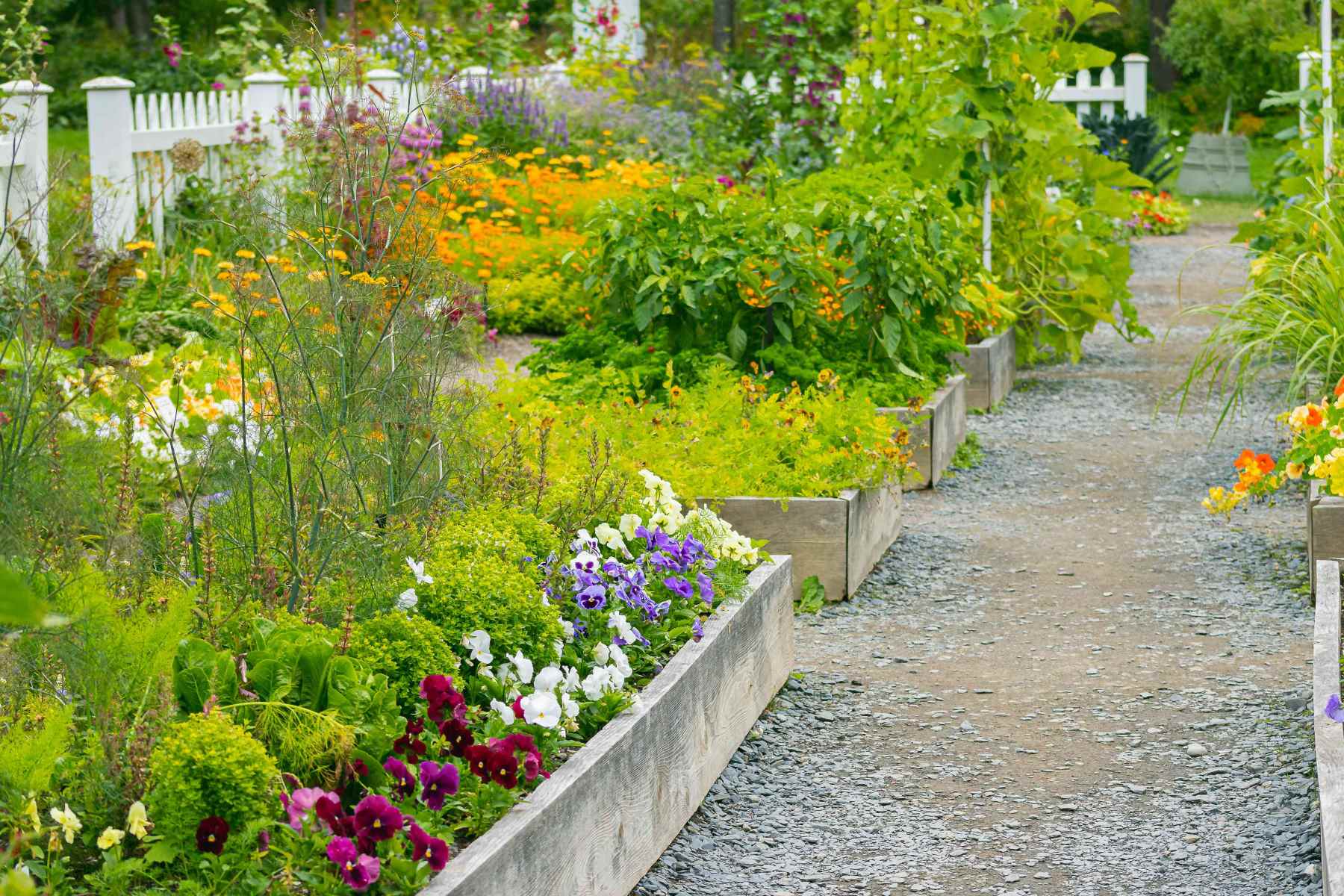

Ideas and Tips
A Guide To Starting Your Own Flower Garden
Published: November 3, 2024
Learn how to start your own flower garden with our step-by-step guide. From choosing the right location to picking the perfect flowers, we've got you covered.
(Many of the links in this article redirect to a specific reviewed product. Your purchase of these products through affiliate links helps to generate commission for Storables.com, at no extra cost. Learn more)
Starting a flower garden can be an incredibly rewarding experience, whether you're a seasoned gardener or just beginning your journey. The process involves several key steps, from selecting the perfect location and preparing the soil to choosing the right flowers and maintaining your garden. In this comprehensive guide, we'll walk you through each step to ensure you have a beautiful and thriving flower garden.
Step 1: Decide Where to Plant Your Flower Garden
Before you start planting, it's crucial to choose the right location for your flower garden. This decision will significantly impact the health and beauty of your plants. Here are some factors to consider:
- Sunlight: Different flowers require different levels of sunlight. Some plants thrive in full sun, while others prefer partial shade or complete shade. Observe the sunlight patterns in your yard to determine which areas receive the most sunlight.
- Water Source: Ensure that your chosen location is close to a water source, making it easier to water your plants regularly.
- Accessibility: Consider how easily you can access the area for maintenance tasks like watering, weeding, and pruning.
- View: If possible, choose a spot where you can see your garden from indoors. This will allow you to enjoy the beauty of your garden daily.
Types of Planting Areas
- Raised Beds: Raised beds are excellent for beginners because they provide better drainage and warmer soil compared to ground-level beds. They also make it easier to maintain the soil quality.
- Container Gardens: If you have limited space, consider using containers on a patio or balcony. This is a great way to add some greenery to small areas.
- Window Boxes: Window boxes are perfect for adding a touch of nature to your windowsills.
- Border Areas: Border areas around your yard can be beautifully landscaped with flowers, adding color and charm to your outdoor space.
Step 2: Research Your Garden Zone
Understanding your garden zone is essential for choosing the right flowers that will thrive in your specific region. Here’s how to determine your zone:
- Check Online Resources: There are several websites that provide information on garden zones based on your location.
- Consult Local Nurseries: Visit local nurseries or gardening stores and ask for advice on which plants are best suited for your area.
- Use Gardening Apps: Many gardening apps offer tools to help you determine the best plants for your zone.
Knowing your garden zone will save you time and money by ensuring that you only buy plants that are compatible with your climate.
Step 3: Pick Your Flowers & Plants
Once you have determined the best plants for your garden zone, it’s time to choose the flowers you want to plant. Here are some tips:
- Observe Local Gardens: Take note of the flowers that grow well in your neighborhood or town. Ask your neighbors about the names of the plants they have.
- Create a Wish List: Write down the names of the flowers you like and make a wish list.
- Consult Gardening Books & Online Resources: There are many books and online resources available that provide information on different types of flowers and their growing conditions.
Types of Flowers for Beginners
- Zinnias: These bright, colorful flowers are easy to grow and come in various shades of pink, orange, yellow, and white.
- Sunflowers: These cheery flowers are quintessential summer blooms that are easy to grow and require minimal maintenance.
- Cosmos: With their airy fern-like leaves and summery shades of pink and white flowers, cosmos are great for beginners and thrive in full sun.
- Lavender: Adding lavender to any bouquet adds a relaxing scent and height to any arrangement. The long purple blooms prefer sunny sites with well-drained soil.
Step 4: Prepare the Soil
Preparing the soil is a crucial step in creating a healthy flower garden. Here’s how to do it:
- Remove Debris: Clear out any weeds, rocks, debris, and sod from your new garden area.
- Aerate the Soil: Loosen up the soil by aerating it and breaking up any large clumps using a garden fork or tiller for larger spaces.
- Perform a Soil Test: Check the nutrient and pH levels of your soil before planting anything in your new garden space. This will give you a better understanding of how your soil will perform and what amendments are needed.
- Add Organic Matter: For healthy soil, add amendments or organic matter like compost or leaf litter to improve soil quality and retain moisture.
Tips for Preparing Soil
- Use Compost: Adding a layer of 3 or 4 inches of compost on top of your existing soil before planting can significantly improve its quality.
- Check Local Resources: Look for free compost sites available in your county if purchasing bagged compost is not feasible.
- Level Out the Surface: Use a rake or hoe to level out the surface for planting.
Step 5: Shop for Flowers & Plants
Once you have prepared your soil, it’s time to shop for flowers and plants. Here are some tips:
- Create a Budget: Make sure you have a budget in mind before heading to the garden center or nursery.
- Stick to Your List: Avoid being overwhelmed by flowers not on your list by sticking to your research and budget.
- Save Room for Soil & Fertilizer: Don’t forget to save room in your budget for soil and fertilizer as these are essential for plant growth.
Tips for Shopping
- Read Tags: Be prepared by reading the tags on plants at the nursery or garden center to ensure they are suitable for your garden zone.
- Take Your Time: Shopping for flowers can be overwhelming, so take your time and don’t rush through it.
Read more: How To Start Building Your Own Home
Step 6: Start Planting
Now that you have all the necessary materials, it’s time to start planting!
- Lay Out Plants: Lay out your plants in their containers where you want them to go in your garden bed. This will give you a good visual of what they will look like next to other flowers.
- Dig Holes: Dig holes according to the directions on your plant tag. Most flowers have similar requirements but some like peonies require shallow holes when being planted.
- Add Fertilizer: Add a little fertilizer to the sides and bottom of each hole before placing the flowers in them.
Tips for Planting
- Use Garden Plans: If you need more help, look up garden plans on Pinterest, Google, or bhg.com for inspiration.
- Stagger Plants: Stagger plants so they don’t block each other’s view when they grow taller.
Step 7: Caring for Your Flower Garden
Caring for your flower garden involves regular maintenance tasks that ensure your plants continue to thrive:
- Watering: Water your flowers ideally early in the morning at the base to avoid fungal diseases.
- Weeding: Control weeds regularly by pulling them out or using mulch to prevent them from growing back.
- Deadheading: Remove dead flower heads from plants to encourage more bloom production and keep your garden looking tidy.
- Supporting Tall Plants: Use stakes, netting, or corralling to support tall plants that may need additional support.
Tips for Harvesting Cut Flowers
If you're growing cut flowers:
- Harvest Early Morning: Gather flowers early in the morning or later evening when temperatures are cooler.
- Use Cool Water: Collect flowers in a bucket or vase full of cool water so they can immediately start absorbing liquid.
- Cut Stems at Angle: Use sharp, clean gardening shears or scissors to cut stems at an angle, keeping a long length of stem for better vase life.
Step 8: Keep Track of What Works
As you start your flower garden journey, it's important to keep track of what works and what doesn’t:
- Keep Notes: Write down notes about which plants thrive in your garden zone and which ones don’t.
- Observe Patterns: Observe weather patterns and note how different plants react under various conditions.
- Experiment: Don’t be afraid to experiment by adding different plants around your yard to create one-of-a-kind bouquets.
Conclusion
Starting a flower garden is an exciting adventure filled with learning opportunities and rewarding experiences. By following these steps—deciding where to plant, researching your garden zone, picking the right flowers & plants, preparing the soil, shopping for flowers & plants, starting planting—and caring for your garden—you'll be well on your way to creating a beautiful and thriving flower garden that brings joy and beauty into your life.
Remember that gardening is a continuous learning process; don’t hesitate to seek advice from local nurseries or gardening communities if you encounter any challenges along the way. Happy gardening
Was this page helpful?
At Storables.com, we guarantee accurate and reliable information. Our content, validated by Expert Board Contributors, is crafted following stringent Editorial Policies. We're committed to providing you with well-researched, expert-backed insights for all your informational needs.
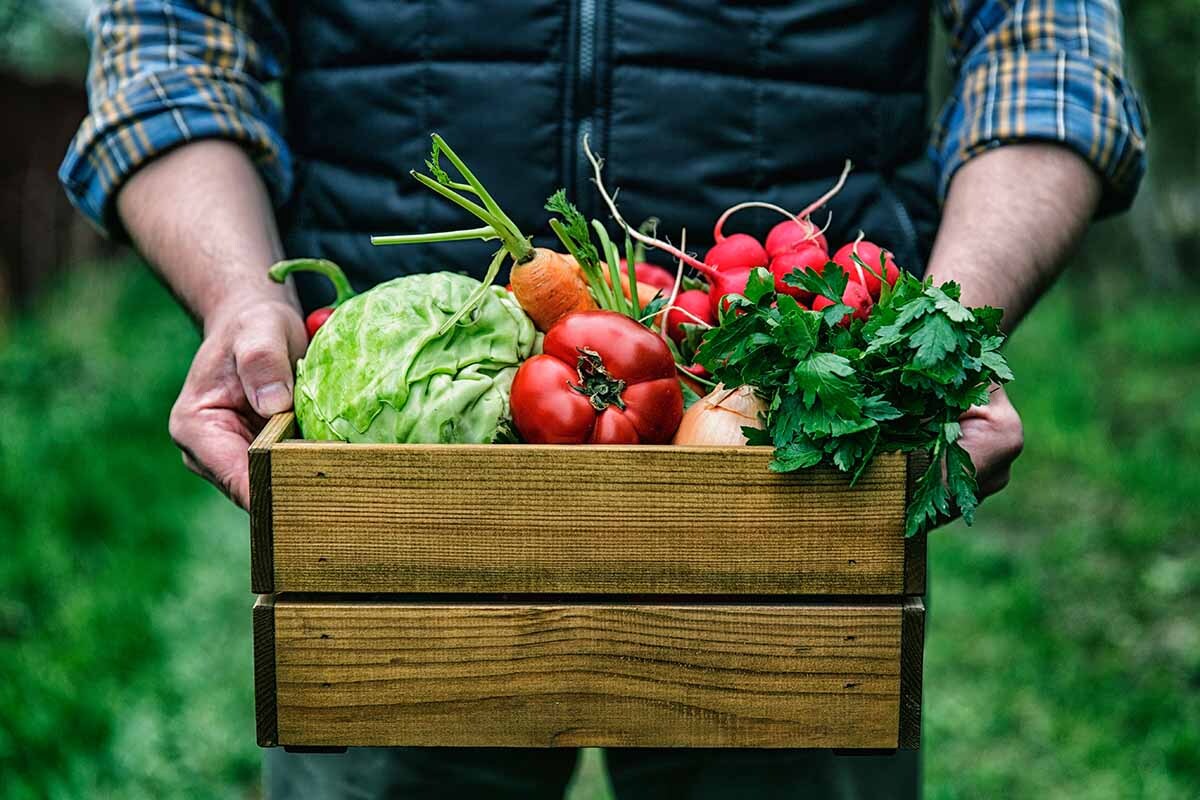
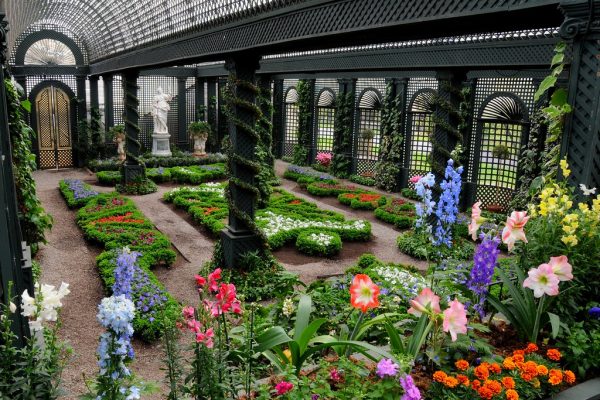

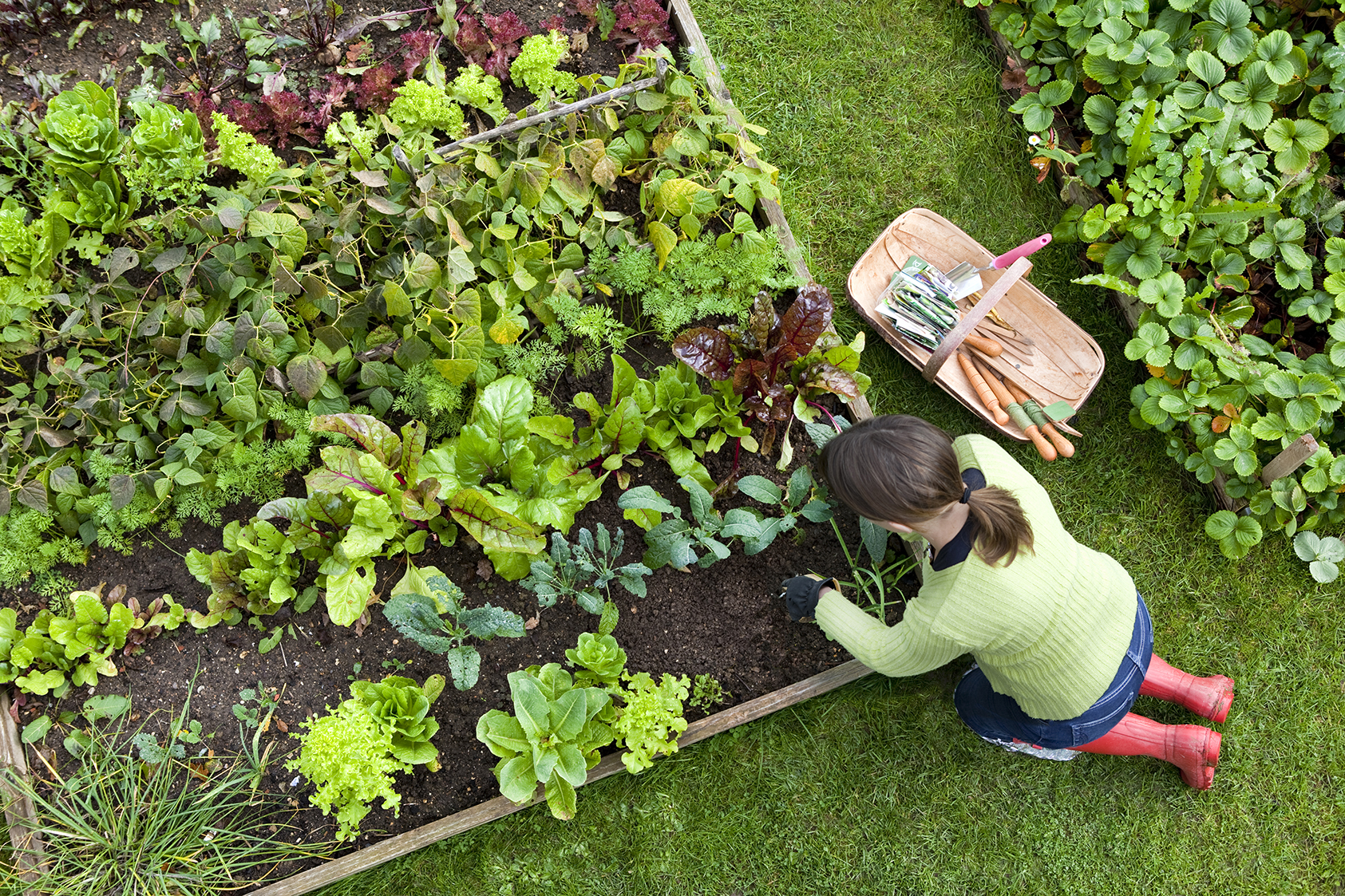
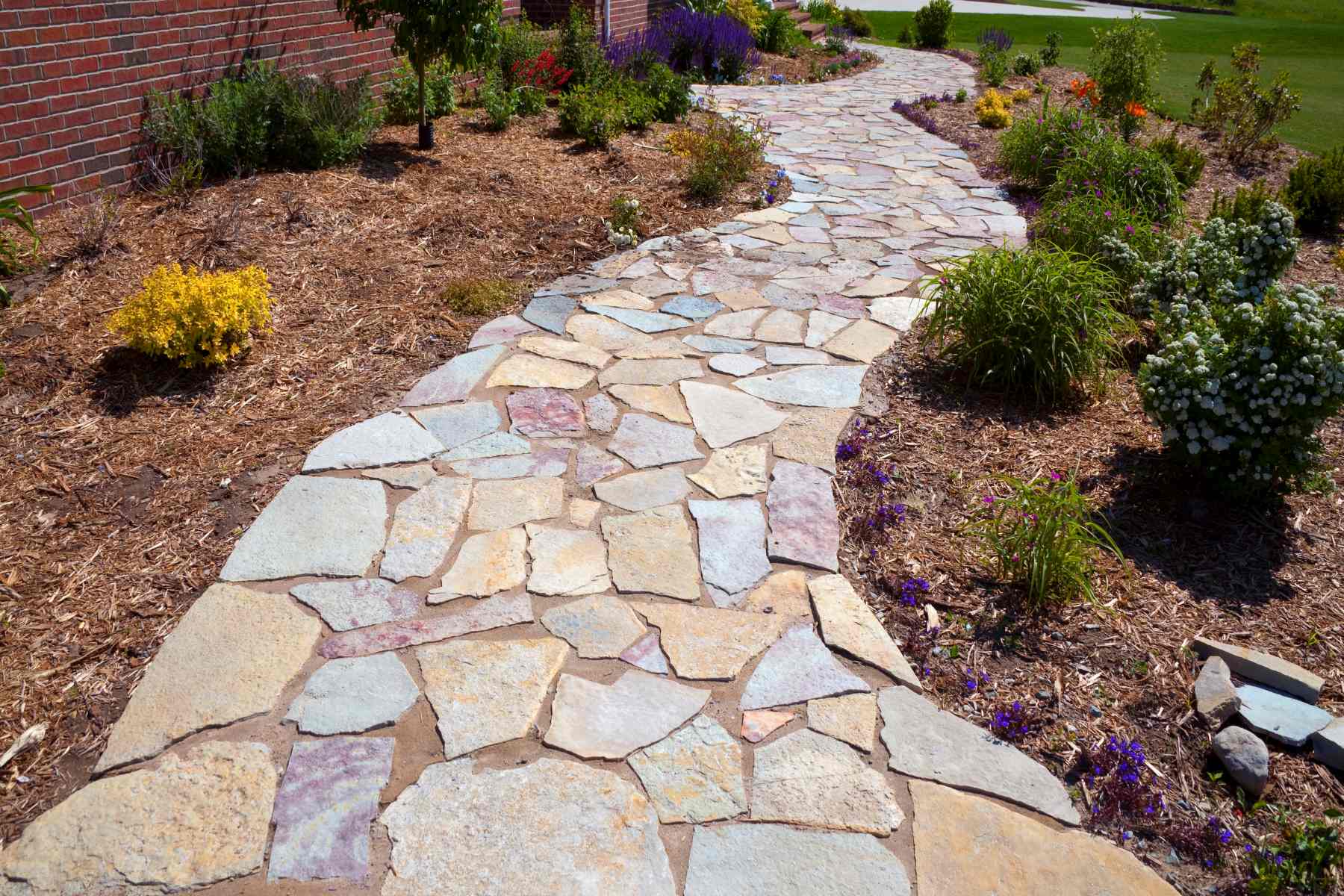
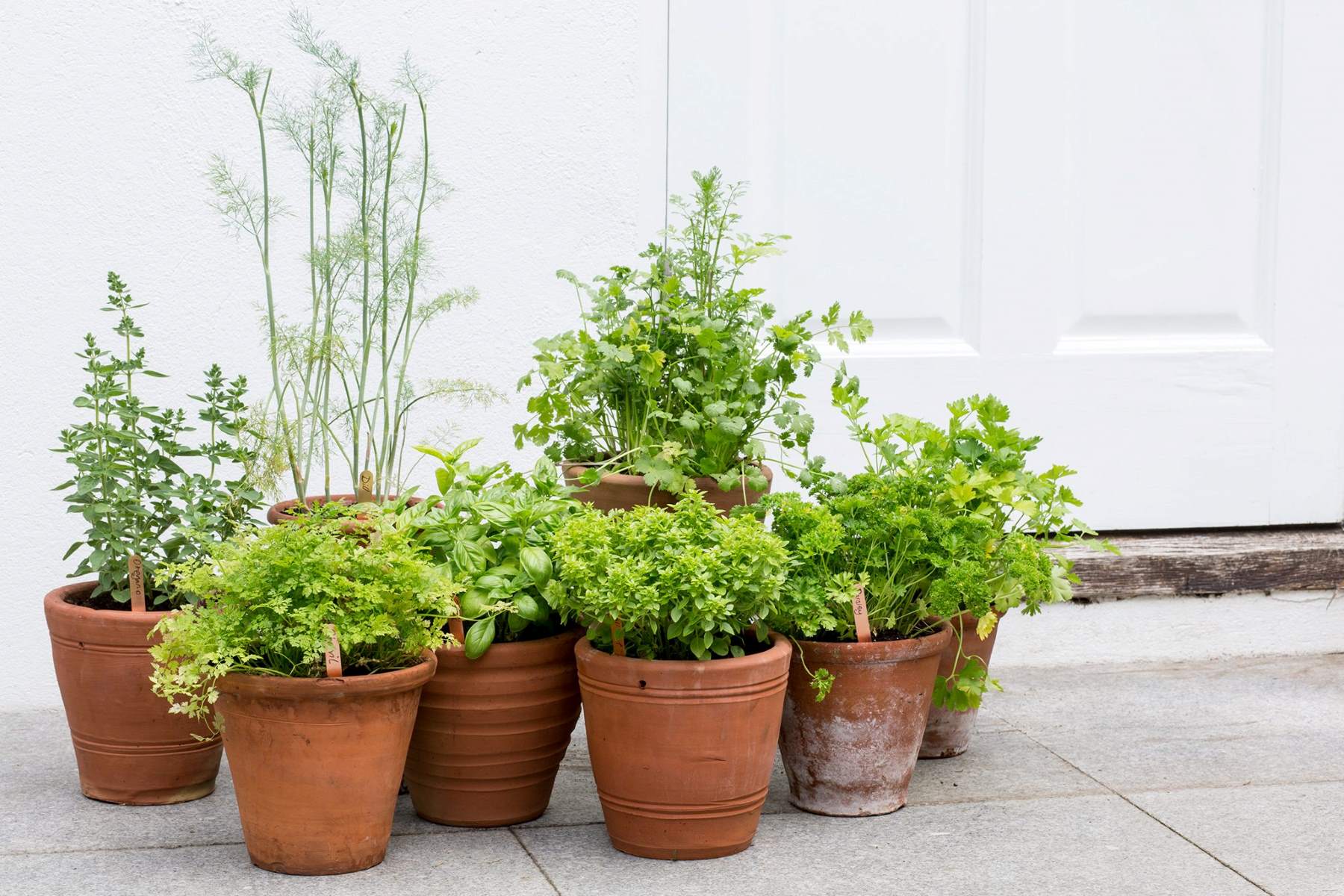

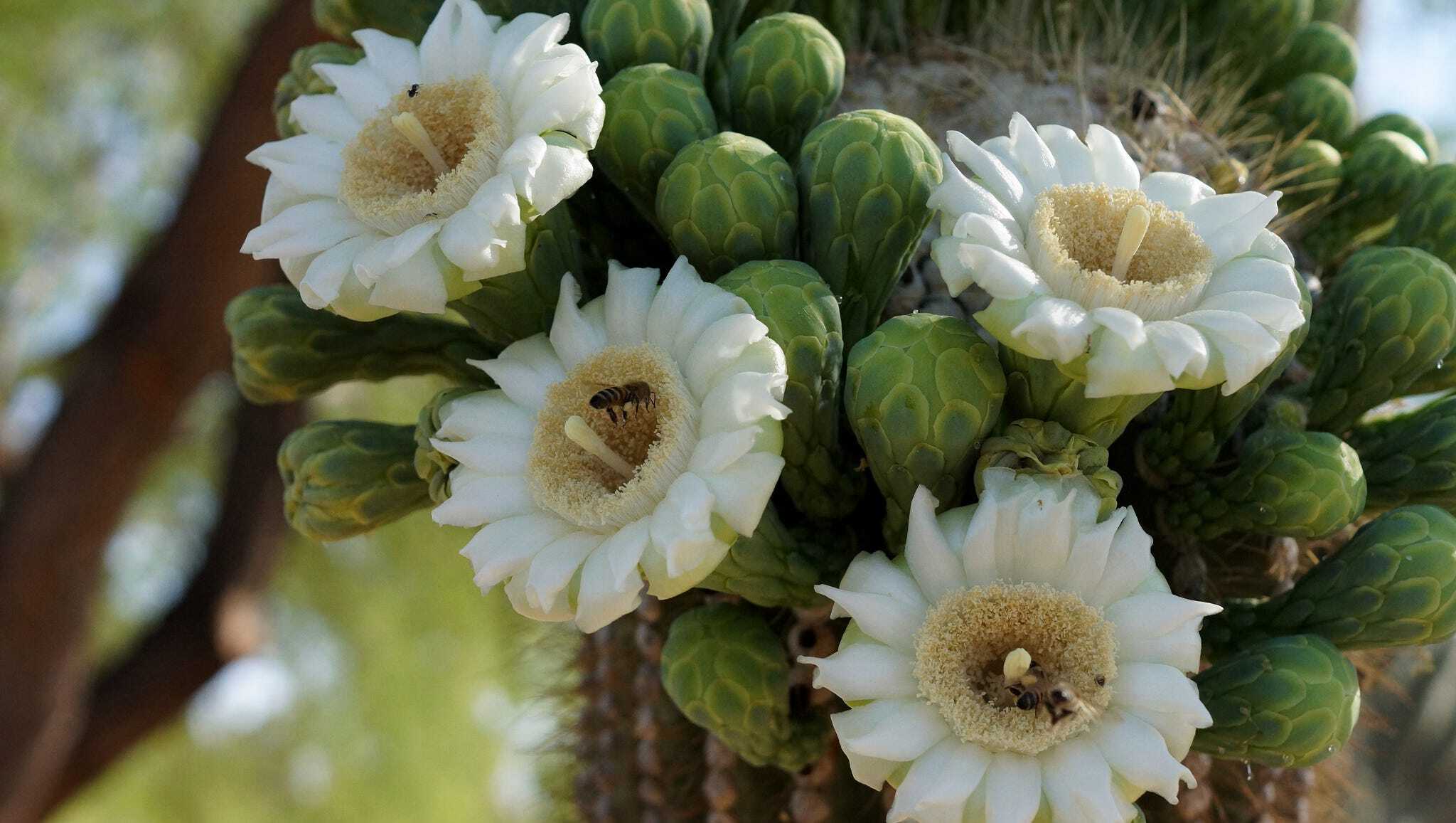
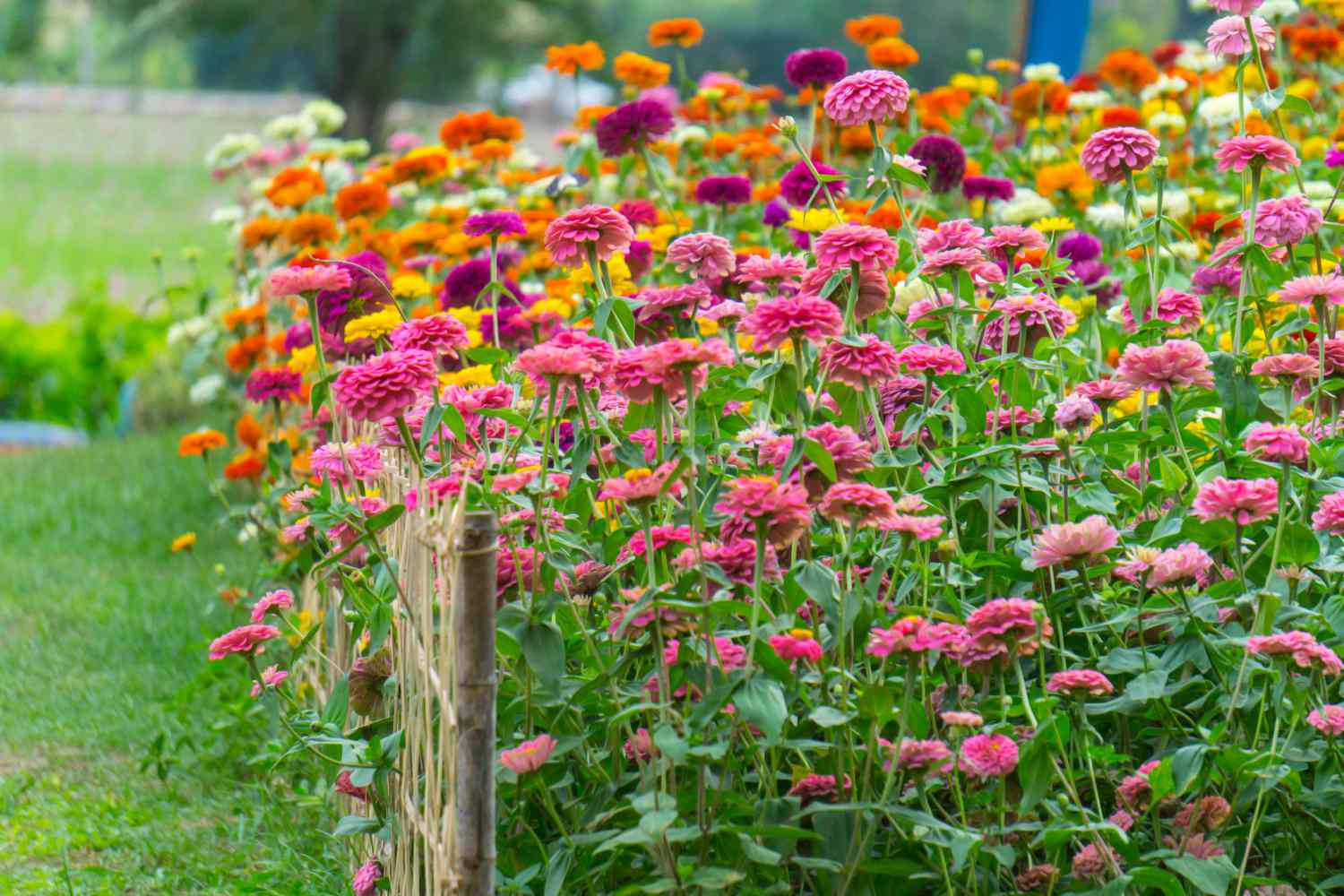
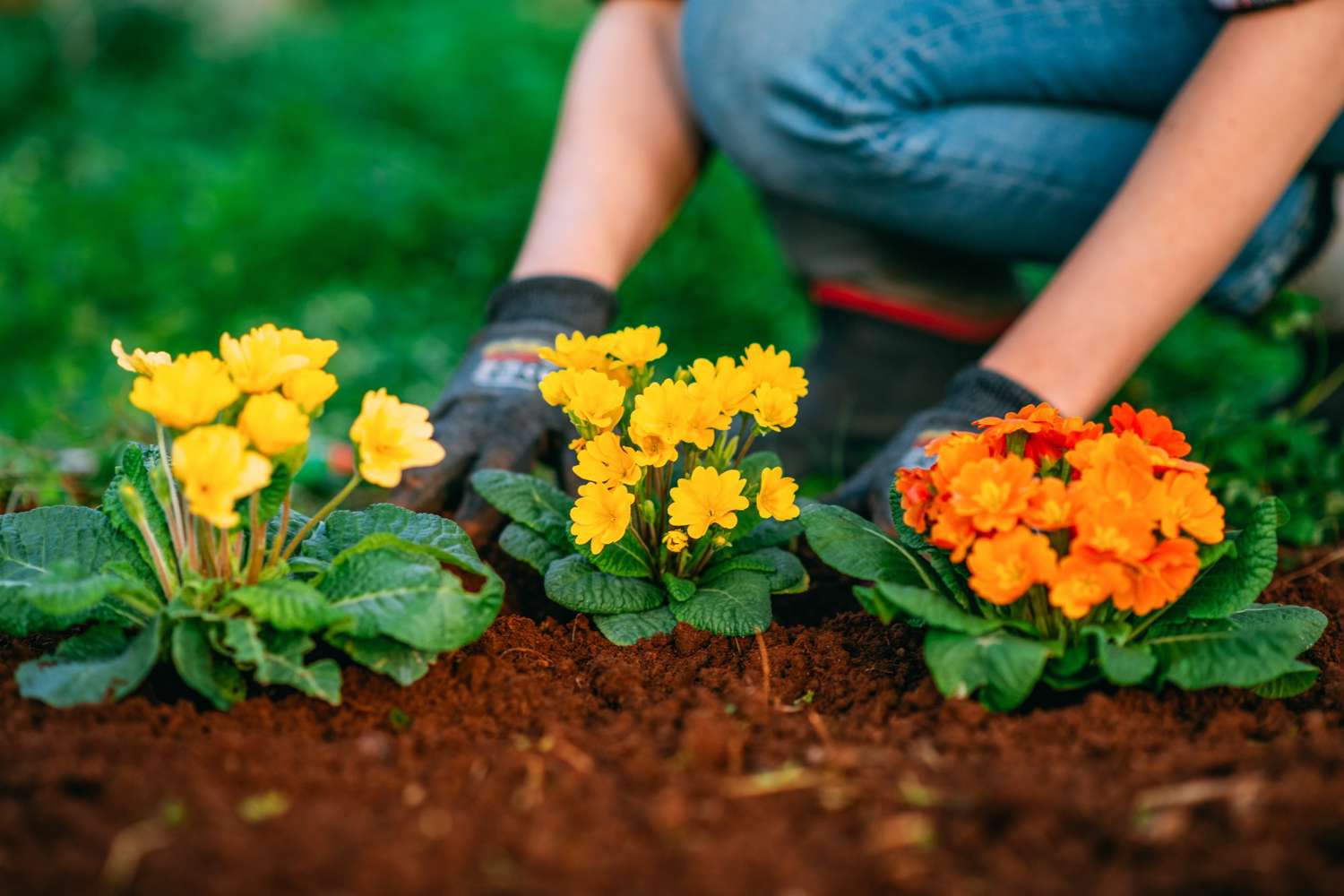
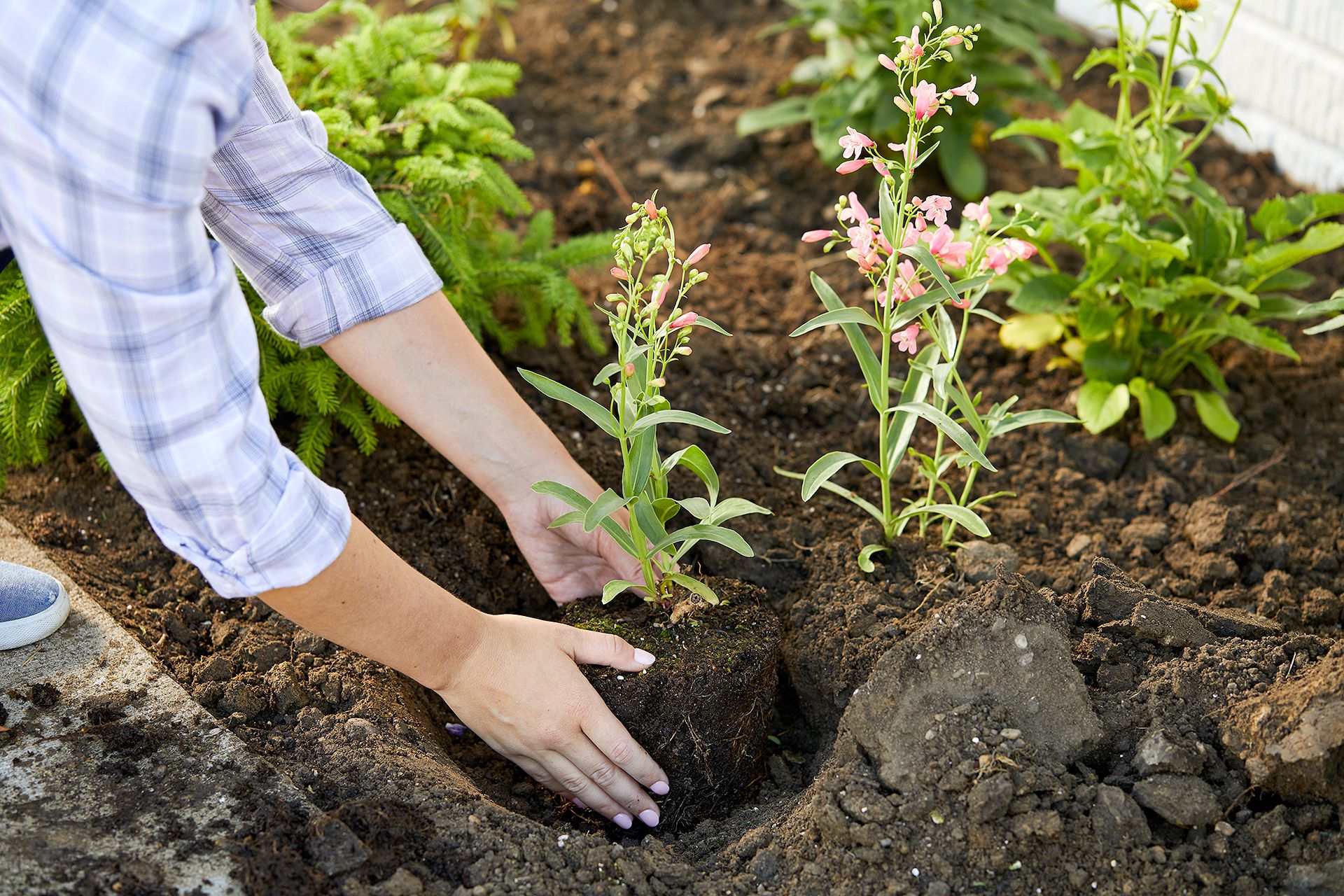
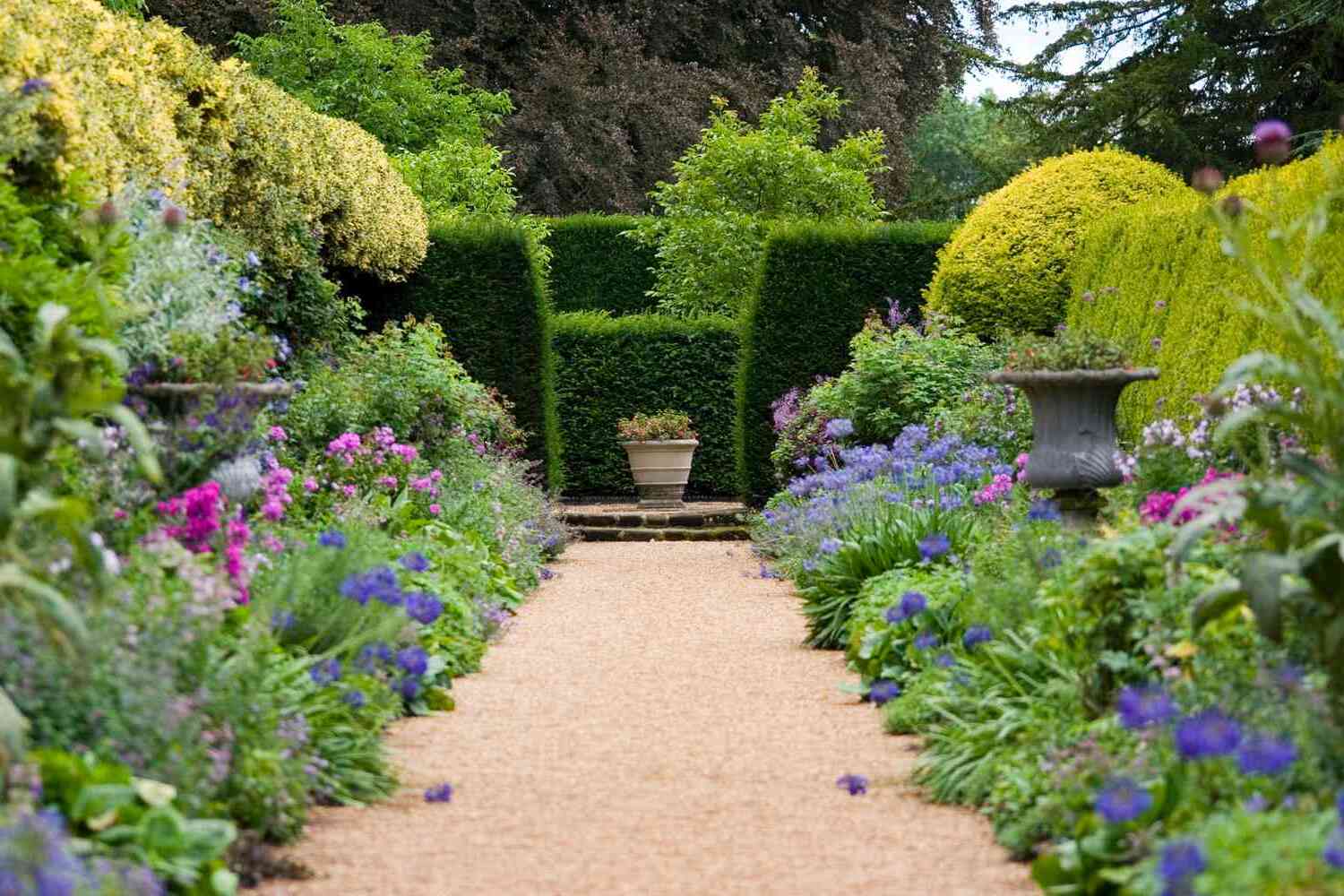

0 thoughts on “A Guide To Starting Your Own Flower Garden”